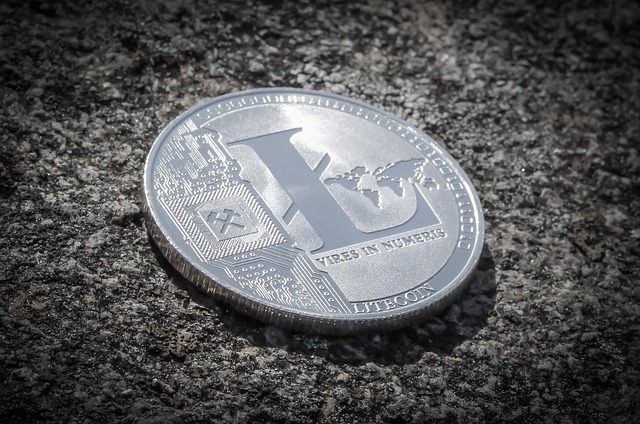What Is LTC? The Ultimate Guide To Understanding Cryptocurrency: Litecoin

Image by Eivind Pedersen from Pixabay
Litecoin is an open-sourced, decentralized cryptocurrency that was made as an early Bitcoin spinoff. It is sometimes used as a pseudo-test for Bitcoin, adopting new protocol changes before they are deployed on Bitcoin.
LTC was created in 2011 by Charlie Lee, an engineer who worked for Google and Coinbase, with an idea of creating a better version of Bitcoin, optimizing it for use as a medium of exchange. Litecoin has 4 times larger max supply (84,000,000 LTC), with 4 times faster block creation speed.
Litecoin was created as a spinoff of Bitcoin as a more efficient and practical cryptocurrency that can be used for fast transactions. Since LTC is a pseudonymous currency, users do not need a name or any other type of identification when they receive or send money. The system ensures privacy.
If you send Litecoin to a friend and you also want to know how much it costs them, you only need to send them the amount that they sent you and get a unique transaction number. If you transact in Bitcoin, you need to exchange them and multiply the cost by the fee.
The History of Litecoin
In May 2011, Charlie Lee launched Litecoin, an open-source cryptocurrency built on Bitcoin's underlying code and blockchain architecture. A whitepaper on Litecoin was released later in May, describing its features. It was originally conceived to enable an easier trading experience for Bitcoin users, which were often hit with high transaction fees. One day later, on May 22, 2011, he introduced it on BitcoinTalk forums with the title "I'm launching a fork of Bitcoin called litecoin", attracting support from the community.
The first hard fork of Bitcoin was implemented on June 15, 2011, with the majority of the community voting for it.
The Differences Between Bitcoin and Litecoin
First, there are some obvious differences between Litecoin and Bitcoin, including the following:
Litecoin’s entire supply is capped at 84 million coins, while Bitcoin is capped at 21 million coins.
LTC uses a proof-of-work algorithm, unlike Bitcoin which uses proof-of-stake.
Litecoin has lower transaction fees.
Another difference between LTC and Bitcoin is the Litecoin wallet, which uses an Android and iOS app. The Litecoin wallet has a tap-to-pay function that will allow LTC to be used as payment in many apps and shops around the world, including PayPal, Samsung Pay, Android Pay and more. While LTC was initially accepted in these payment platforms, the number of merchants accepting LTC has decreased drastically.
The coin’s name is inspired by Lite Track, an old trading platform that no longer exists. The currency itself is based on Bitcoin but uses a different mining algorithm.
Litecoin has higher transaction speed and confirmation time than Bitcoin. Essentially, the difference between Litecoin and Bitcoin is Litecoin was “flipped”. Basically, Litecoin has added Lightning Network smart contracts to the Litecoin blockchain, allowing people to conduct a transaction without the need to rely on exchanges (depositors and issuers).
Disclaimer: Trading is a risky activity. None of the information we provide is a recommendation to buy or sell a financial instrument. CoinOpinions shall not be liable for the outcome of any trading ...
more


